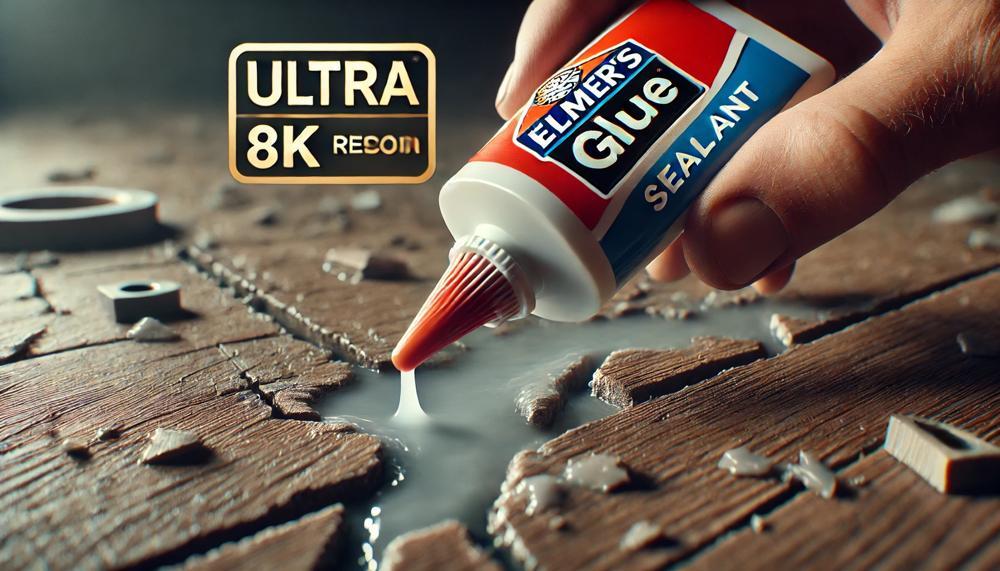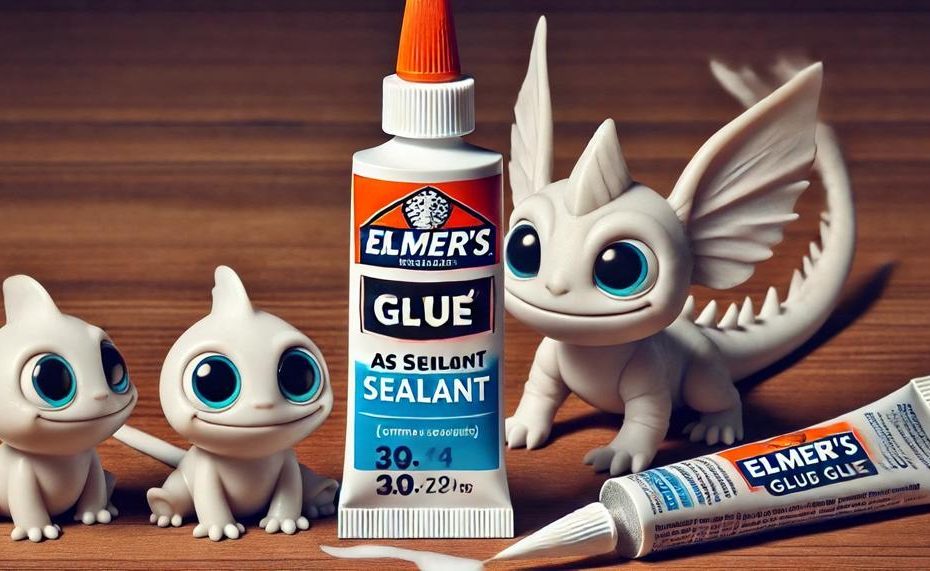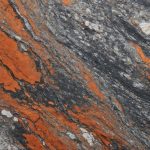Yes, but with reservations. Elmer’s glue, a staple in classrooms and homes for generations, isn’t just for sticking paper together. It’s a versatile adhesive that can double as a sealant for specific projects, particularly those involving porous materials like paper, cardboard, wood, and fabric. However, its effectiveness as a sealant is limited by its water-soluble nature, making it unsuitable for outdoor projects or heavy-duty applications. Here’s what you need to know:
- Versatility: Elmer’s glue can seal porous surfaces effectively, creating a protective barrier.
- Application: Best applied in thin layers with a brush or sponge, allowing each layer to dry completely before adding more.
- Limitations: Not ideal for outdoor use or areas exposed to moisture due to its water-soluble properties.
- Alternatives: Consider Mod Podge or polyurethane for projects requiring more durable sealing.
Elmer’s glue remains a cost-effective option for many indoor craft projects, provided its limitations are kept in mind. Dive into the specifics of your project to determine if this household adhesive meets your needs or if a more robust alternative is required.
Table of Contents
What is Elmer’s Glue?
Elmer’s Glue is a widely recognised adhesive brand, known for its quality and versatility. It’s primarily made from polyvinyl acetate (PVA) emulsion, making it safe and easy to use for both children and adults. The glue’s main function is to bond materials such as paper, wood, fabric, and more.
Elmer’s Glue comes in various forms, including School Glue, Clear Glue, and Glue Sticks, each tailored for specific uses. School Glue is ideal for paper projects, Clear Glue dries transparently for arts and crafts, and Glue Sticks offer convenience for quick applications. This adhesive is appreciated for its adjustable drying time, allowing for precise placement and modifications during use.
| Type | Primary Use | Properties |
| School Glue | Paper projects | Safe for children, dries clear |
| Clear Glue | Arts and crafts | Transparent when dry |
| Glue Sticks | Quick applications | Convenient, mess-free |
Elmer’s Glue is also used in woodworking for its strong bonding capability and water resistance. While it is effective for indoor projects and as a sealant for porous materials, it may not be suitable for outdoor use or heavy-duty applications due to its water-soluble nature.
Can Elmer’s Glue be Used as a Sealant?
Yes, Elmer’s Glue can be used as a sealant for various projects, but with some important considerations. While it is a well-known, non-toxic adhesive that dries clear, making it suitable for crafts and DIY projects, its effectiveness as a sealant can vary based on the project requirements.
Pros and Cons of Using Elmer’s Glue as a Sealant
| Pros | Cons | Best Uses |
| Non-toxic and safe to use | Not suitable for outdoor use | Crafts |
| Dries clear | Susceptible to moisture | DIY projects |
| Easy to clean up | Breaks down in outdoor environments | Indoor sealing |
| Versatile | Not as strong as other sealants | Paper and fabric projects |
Benefits of Using Elmer’s Glue as a Sealant
Using Elmer’s glue as a sealant offers several distinct advantages compared to other sealant options:
Versatility
Elmer’s glue can be applied to a variety of surfaces, including paper, cardboard, wood, and fabric. This flexibility makes it a go-to choice for a wide range of projects.
Clear Drying Properties
One of the standout features of Elmer’s glue is its ability to dry clear. This attribute is crucial for projects where the aesthetic finish is important, as it doesn’t leave visible residue.
Non-Toxic and Easy to Clean Up
Elmer’s glue is non-toxic, making it safe for use by children. Additionally, it is water-soluble, allowing for easy cleanup with just water, which is convenient and eco-friendly.
Budget-Friendly
Compared to other sealants, Elmer’s glue is relatively inexpensive and readily available at most craft stores and online retailers. This cost-effectiveness is ideal for both small and large-scale projects.
Creates a Strong Bond
When applied in thin layers, Elmer’s glue forms a robust bond between surfaces. It can also act as a protective barrier, adding an extra layer of durability to the sealed materials.
Seals Small Gaps or Cracks
Its ability to seal small gaps or cracks without leaving unsightly marks is another benefit. The transparency of the glue ensures a clean and professional finish.
Protective Coating for Delicate Materials
Elmer’s glue can serve as a protective coating for delicate items like fabrics and lace, shielding them from damage without compromising their appearance or texture.
Easy Application Process
The glue can be easily applied using a brush or sponge, making the sealing process straightforward and hassle-free.

Limitations of Using Elmer’s Glue as a Sealant
Elmer’s glue, while versatile and budget-friendly, has significant limitations when used as a sealant. Here are the key drawbacks that make it unreliable for sealing purposes:
Lack of Waterproofing
Elmer’s glue is not waterproof or weather-resistant. When exposed to moisture, it can dissolve or lose its adhesive properties, making it unsuitable for outdoor use or areas exposed to water.
Weak Bond Strength
Elmer’s glue does not provide a robust hold for heavy-duty projects. Over time, it can break down, leading to items coming apart or becoming damaged. This makes it less reliable for applications requiring a durable and long-lasting seal.
Surface Preparation Requirements
Using Elmer’s glue as a sealant requires meticulous surface preparation and precise application techniques to ensure effectiveness. Without these, the glue may fail to adhere properly or seal gaps adequately.
Alternative Sealants
For projects demanding stronger adhesion and durability, alternatives like Mod Podge, polyurethane, silicone sealant, or epoxy are recommended. These materials offer better waterproofing, resistance to environmental factors, and stronger bonds.
Alternatives to Elmer’s Glue as a Sealant
When seeking alternatives to Elmer’s glue as a sealant, it’s crucial to consider effectiveness and durability. Here are some of the most viable options:
Varnish
- Effectiveness: Varnish provides a clear, hard finish that protects surfaces from scratches and stains.
- Durability: Highly durable, especially for wooden surfaces; resistant to water and moderate weather conditions.
- Use Cases: Ideal for wooden furniture, floors, and outdoor wooden fixtures.
- Comparison: More durable and water-resistant than Elmer’s glue.
Polyurethane
- Effectiveness: Polyurethane forms a strong, protective layer that resists moisture, chemicals, and abrasion.
- Durability: Extremely durable; suitable for high-traffic areas and surfaces exposed to harsh conditions.
- Use Cases: Excellent for floors, countertops, and outdoor furniture.
- Comparison: Far superior in durability and weather resistance compared to Elmer’s glue.
Silicone Sealant
- Effectiveness: Provides a flexible, waterproof seal that adheres well to most surfaces, including glass and metal.
- Durability: Long-lasting and resistant to temperature changes, UV rays, and moisture.
- Use Cases: Perfect for bathrooms, kitchens, windows, and outdoor applications.
- Comparison: Outperforms Elmer’s glue in waterproofing and flexibility.
Epoxy
- Effectiveness: Creates a tough, chemical-resistant seal that can bond to various materials, including metal, wood, and plastic.
- Durability: Highly durable; withstands heavy loads and extreme conditions.
- Use Cases: Suitable for industrial applications, heavy-duty repairs, and crafts requiring a robust seal.
- Comparison: Offers exceptional strength and durability, significantly better than Elmer’s glue.
How to Use Elmer’s Glue as a Sealant Effectively
When using Elmer’s Glue as a sealant, it is crucial to follow specific steps to ensure effective application and suitable surface choices.
Steps to Use Elmer’s Glue as a Sealant Effectively
Choose the Right Glue
Select either clear or white Elmer’s Glue based on your project needs. Clear glue is ideal for a transparent finish, while white glue works well for general sealing.
Prepare the Surface
Clean the surface thoroughly to remove dust, dirt, and grease. A clean surface ensures better adhesion and a smoother finish.
Application
Finishing Touches
Once all layers are dry, inspect the surface for uniformity. If needed, lightly sand any rough areas and apply a final thin layer.
Suitable Surfaces for Elmer’s Glue as a Sealant
Elmer’s Glue can effectively seal a variety of porous surfaces, including:
| Surface Type | Details | Limitations |
| Paper | Creates a protective barrier against dirt and moisture, ideal for decoupage. | Not suitable for high moisture environments. |
| Cardboard | Seals surfaces for craft and modelling projects, providing a smooth finish. | May warp if applied too thickly or exposed to moisture. |
| Wood | Useful for sealing small wooden crafts and projects indoors. | Not suitable for outdoor use or heavy-duty protection. |
| Fabric | Seals edges to prevent fraying and provides a stiff finish for craft applications. | Limited durability when washed or exposed to moisture. |
Conclusion
Elmer’s Glue, a classroom and household staple, offers a surprising versatility that extends beyond just bonding paper. As a sealant, it proves effective for certain projects, particularly those involving porous materials like paper, cardboard, wood, and fabric. However, there are crucial limitations to consider.
Elmer’s Glue excels in creating a protective barrier on porous surfaces, applying easily with a brush or sponge in thin layers. It dries clear, is non-toxic, budget-friendly, and allows for easy cleanup, making it ideal for indoor craft projects. Its strength in sealing small gaps and cracks without leaving visible residue makes it a favorite for delicate items like fabrics and lace, offering a neat and professional finish.
Despite these advantages, Elmer’s Glue is not suitable for outdoor use or areas exposed to moisture, as its water-soluble nature causes it to break down under such conditions. For more demanding sealing needs, alternatives like Mod Podge, polyurethane, silicone sealant, or epoxy should be considered.
Ultimately, Elmer’s Glue can serve as a handy sealant for light, indoor projects, but for durability and moisture resistance, exploring more robust options is advisable.






